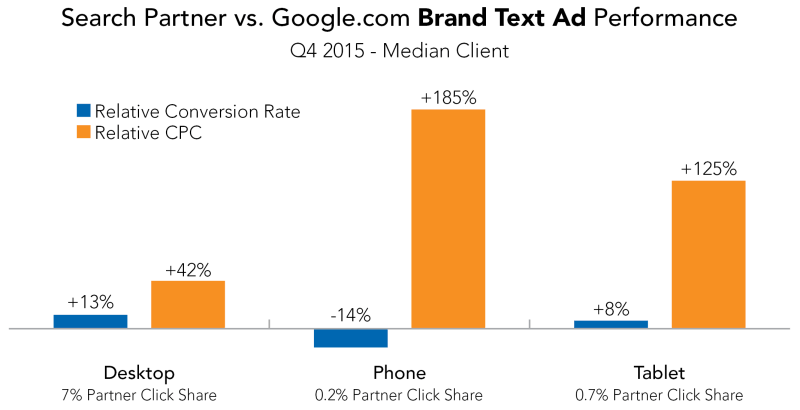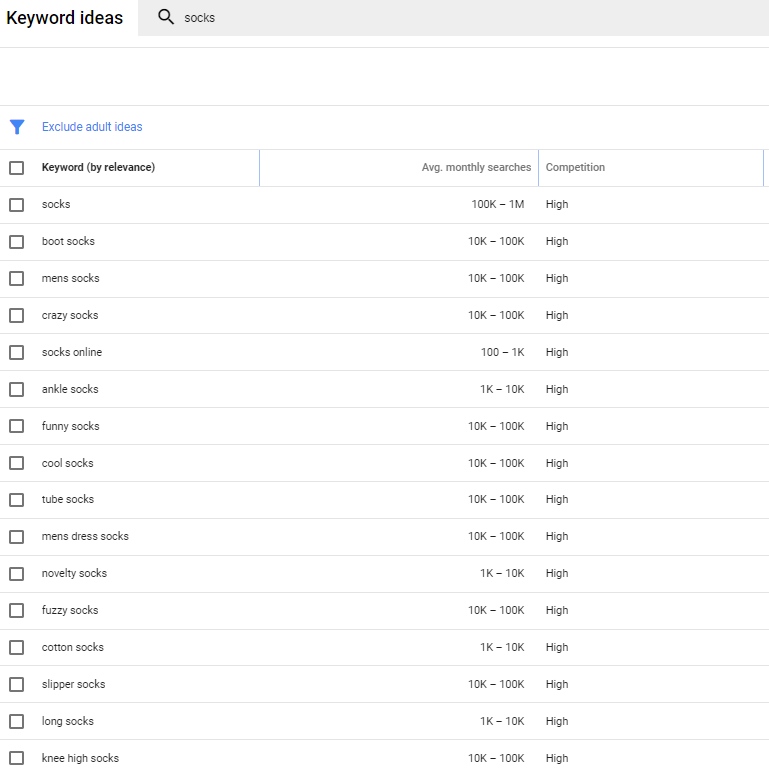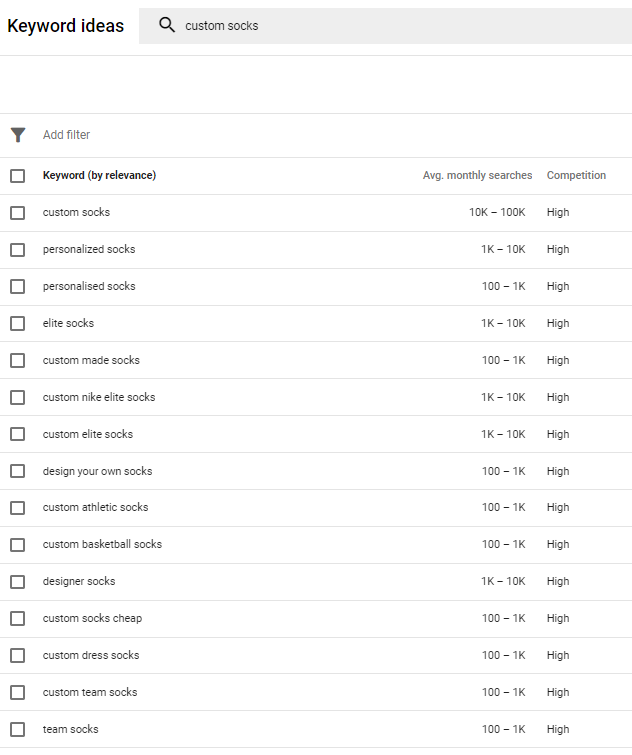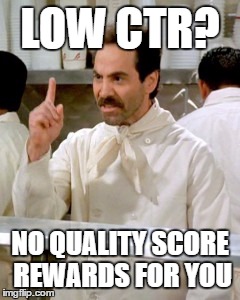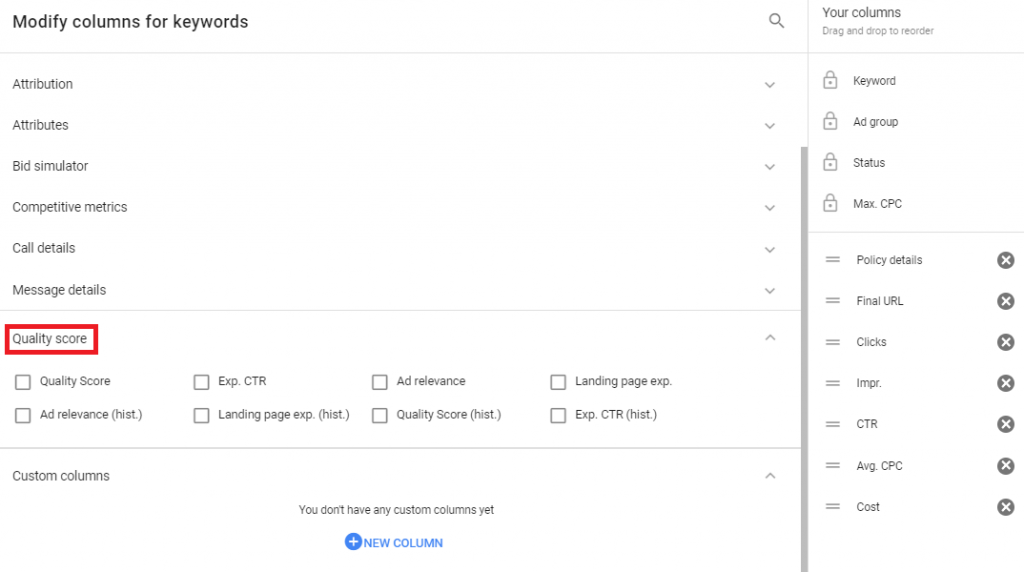When it comes to successful AdWords campaigns, conversions are the ultimate goal. The key to getting conversions is using high-quality keywords; but what do you do when your high-quality keywords generate only a few hundred searches?
The more niche your store is, or the more unique your products are, the greater the chance that your keywords and long-tail search terms are less likely to be searched in general. That’s not to say that these aren’t high-value terms that can get you the conversions you want. It’s time to get creative!
This week, we’ll show you 5 pro ways to turn low-traffic AdWords campaign losers into winners and fix those campaigns you have with low search volumes.
1. Increase AdWords Traffic With Search Remarketing Campaigns
One of the reasons for keywords having a lower volume of searches is that your target audience isn’t actively searching for what you’re selling. Which, if you are selling something particularly unique or if you are selling in a very niche market, is especially true. If this is the case for your store and you’re waiting around for users to happen upon your products without marketing proactively, you may find yourself with low-traffic AdWords search ads.
Let me give you a simple example. Say you have invented a new knitted waterproof shoe – a shoe people didn’t know they needed and may not be searching for. Sure, they may be searching for ‘walking shoes’ or ‘knitted shoes,’ but as it’s a brand new product, the chances of them searching for ‘waterproof knitted shoes’ or ‘best shoes for any weather’ are slim.
You can be using all the right keywords, your ad copy and landing page can be on-point, and ultimately have a good CTR for the few that may be searching for them, but without search volume, how will you get the clicks? What you need to be doing is working your social PPC or Google Display ads and AdWords campaigns in unison: using social or video display ads to drive awareness to bigger audiences and then having a good AdWords remarketing list for search ads (RLSAs), which will give you access to a higher volume of searchers. In turn, bringing more traffic to low-traffic AdWords campaigns.
So how to do it? The idea is not to compete with ‘normal’ keywords, but to use them to grab the attention of shoppers who may not be aware yet that your product is what they need. This will provide you with a crafty way to get around low-traffic keywords while using RLSAs to ensure you aren’t attracting irrelevant clicks, or untargeted traffic, and accessing higher search volumes.
When you have a unique product that people are less likely to search for, you want to create small, low-bid campaigns using more ‘mainstream’ keywords that they are likely to search, but to increase those bids quite dramatically when using RLSAs, improving traffic and ensuring you are delivering the ads to people more likely to want to click through and buy the unique product you are selling.
2. Increase AdWords Traffic With Search Partners
Another way of improving your search volume for low-traffic AdWords campaigns is by expanding your campaign to include Search Partners.
Search Partners enables advertisers to show ads on relevant searches on Google’s partner sites. Although Google hasn’t released an updated list, it has included sites such as ASK, Amazon and Alexa in the past. Overall, by adding or including Search Network to campaigns, you will be increasing your search volume possibilities by expanding to other platforms. Plus, some studies, like this one from SearchEngineLand, have found that Search Network ads are more likely to convert.
3. Increase AdWords Traffic By Combining Campaign Copy
As we know, highly specific keywords are essential to ensuring the traffic your AdWords search ads are generating is targeted. We also know that if you are getting the impressions but not the clicks, then the first optimization step is to look at your ad copy.
The problem is, those unique keywords will bring in a lower volume of traffic. Lower search volumes mean fewer clicks, and fewer clicks mean it gets harder to test and optimize those ads. Say you are running a campaign that is only generating 10 clicks per month, with a pretty average CTR of 1.5%; it’s difficult to gauge whether you are actually getting optimum CTR from your ad text when you are dealing with such small numbers.
To get around this, you should be aiming for ad copy that combines your unique keywords and pain points, and then give those ads the same AdWords labels that will in turn enable you to adjust your ad copy in bulk, so to speak, and therefore be able to assess and optimize your ad copy for better results.
Labeling enables you to optimize the bulk of your ads based on their message, grouping those ads together by different messages. When you write new ads to test for higher CTRs, you are able to maximize the number of clicks you get from those keywords, since there isn’t actually enough volume to get stats.
Once you have generated enough traffic, you can go back to analyzing each campaign individually; but until then, this trick will show you where to adjust copy to improve CTRs for now, thus turning low-traffic Adwords campaign losers into winners.
4. Increase AdWords Traffic By Using Broad Matching
Let’s change direction now and assume that you are using a keyword with a very high search volume – 10,000s per month. The problem with keywords that have a high search volume is that when you are using Broad Match, Google tends to give you a little bit of everything. Let’s assume you have a web store that allows shoppers to design socks, and you are bidding on the broad term ‘socks’ – and using Broad Match.
Google will then suggest ‘men,’ ‘women,’ ‘cool,’ and ‘thermal’ socks – just to name a few. Therefore, by using Broad Match on a high-volume keyword such as above, you may be getting impressions, but that doesn’t mean you’re getting the high-value clicks. Why? Because the audience you are attracting is way too broad.
What you should really be doing to ensure higher AdWords campaign traffic is keeping to Exact Match when bidding on those mega search terms, and using Broad Match on more specific keywords. In the case of the above example, you would therefore narrow it down to ‘custom socks.’
The more specific your keywords are, the better Google will be able to find the right matches for you. The thing is, Broad Match is a huge asset for terms that yield lower search volumes, enabling you to generate more traffic-boosting terms that bring more targeted traffic to your store and/or product pages.
Bonus Beginner Tip: Increase AdWords Traffic By Optimizing Your Quality Score
Quality Score is about more than lowering your campaign CPC rates; it can help increase and improve your generated traffic. The better your Google AdWords Quality Score is, the higher your chances are for better ad position, thus increasing your chances of increasing traffic. This is why optimizing your Quality Score should be your first point of call when improving low traffic AdWords campaigns.
Your Google Quality Score is determined by the relevance of your ad to your keyword and landing page, and the overall performance of your account.
You can improve your Quality Score by ensuring your campaigns are structured correctly (i.e., divided into smaller, more targeted ad groups), making sure that your copy addresses pain points, is relevant to your landing page and includes your relevant keyword, and ensuring your landing page copy and products match the ad and keywords appropriately.
Pro Tip: By targeting people who are already aware of your brand, you automatically make the ads more relevant. Therefore, by using Google Remarketing List Search Ads (RLSA) campaigns you can increase Quality Scores.
—
There you have it: 5 pro ways to boost traffic and turn low-traffic AdWords campaign losers into winners. Constant monitoring, tweaking and optimization are essential to ensuring your AdWords’ search ad success, and by combining all your marketing efforts into a well-oiled marketing stream, you are well on your way to more targeted traffic to your store.
If you’re new to AdWords, check out our comprehensive Google AdWords Guide.

Nicole is a content writer at StoreYa with over sixteen years experience and flair for storytelling. She runs on a healthy dose of caffeine and enthusiasm. When she's not researching the next content trend or creating informative small business content, she's an avid beachgoer, coffee shop junkie and hangs out on LinkedIn.
Recommended articles
 Facebook Ads for eCommerce: 16 Strategies, Examples & Tips
Facebook Ads for eCommerce: 16 Strategies, Examples & Tips
 How to Build a Winning eCommerce Ads Strategy
How to Build a Winning eCommerce Ads Strategy
 Google Ads for eCommerce: Everything You Need to Know
Google Ads for eCommerce: Everything You Need to Know
 10X Your Traffic with PPC Management Software
10X Your Traffic with PPC Management Software
Comments
Powered by Facebook Comments

